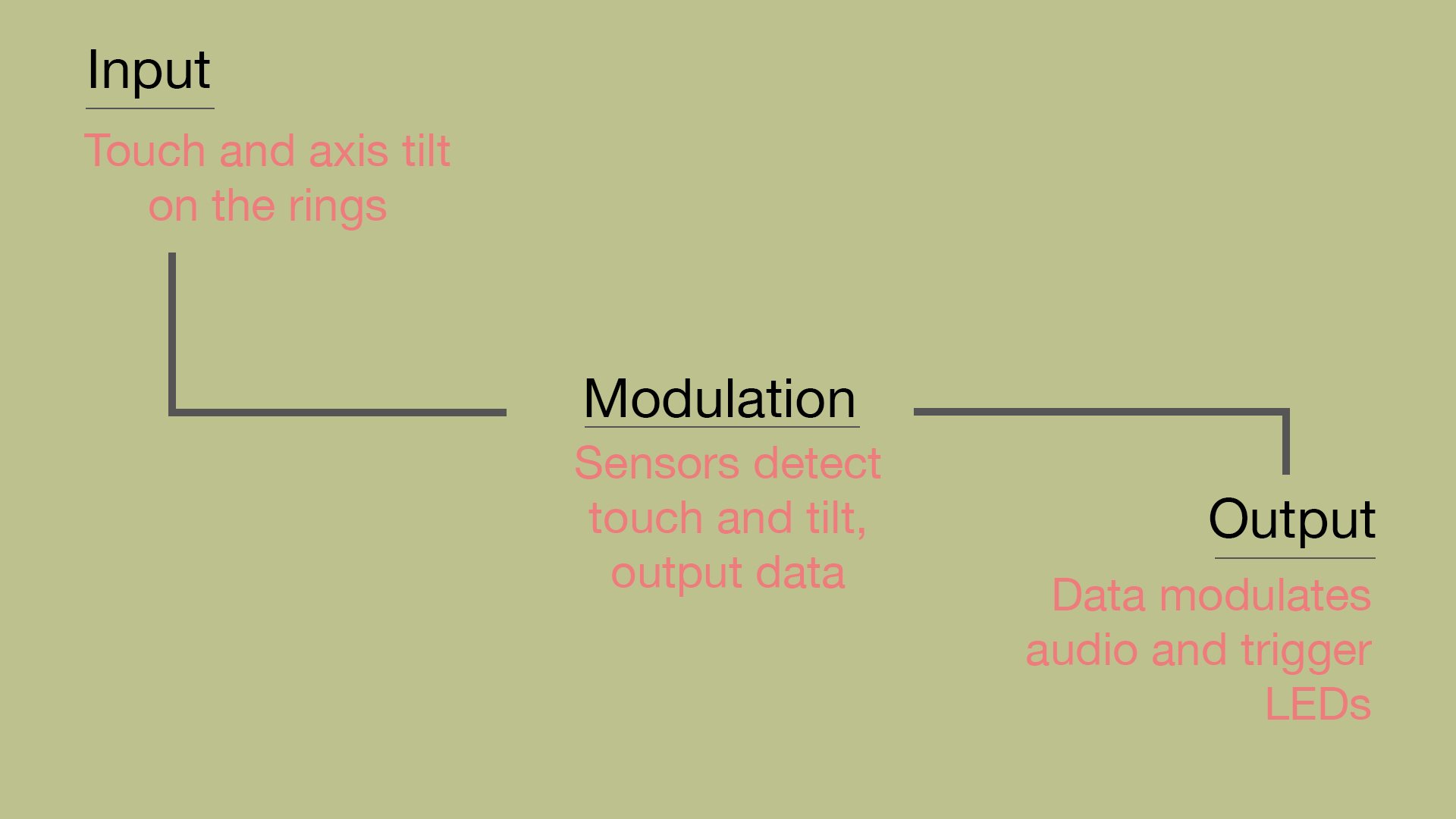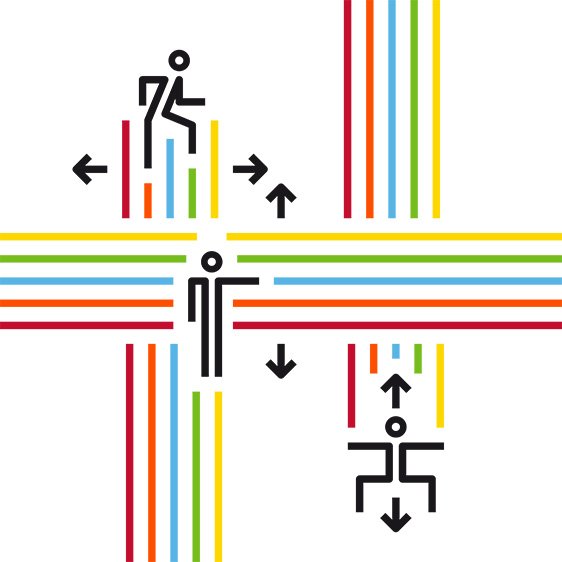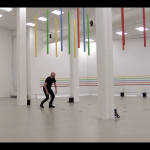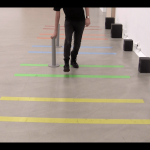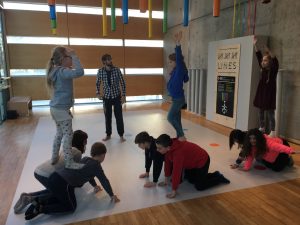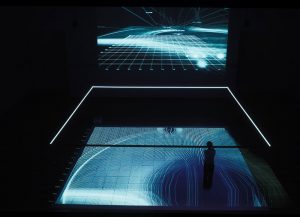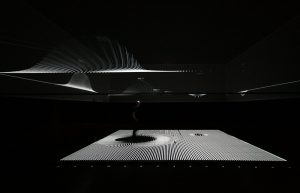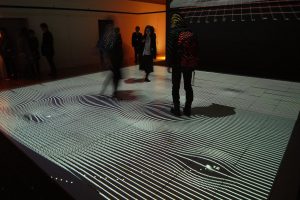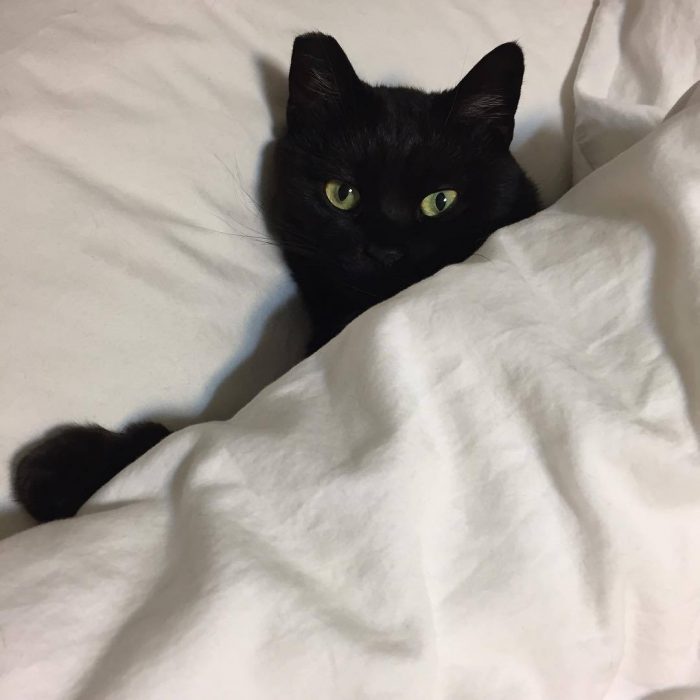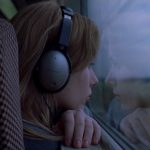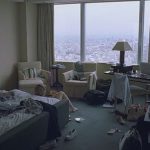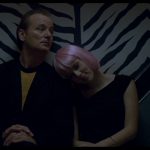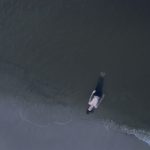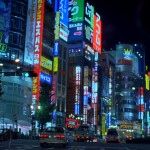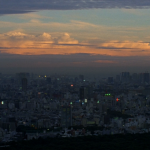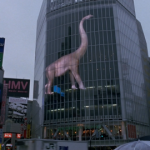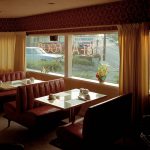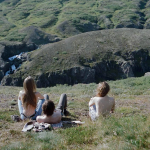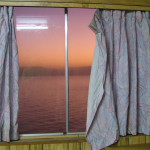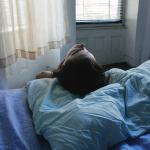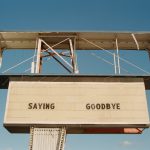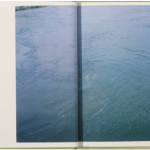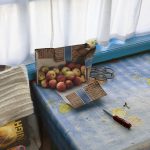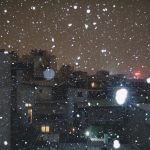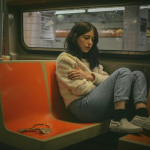The iLights festival runs in conjunction with Singapore Art Week. Mainly focusing on the use of LED strips and visual gimmicks, it is no different than how it’s previous editions were focusing on.
There were, however, certain installations that were highly interactive and provoked interest.
Transporta by Pixels
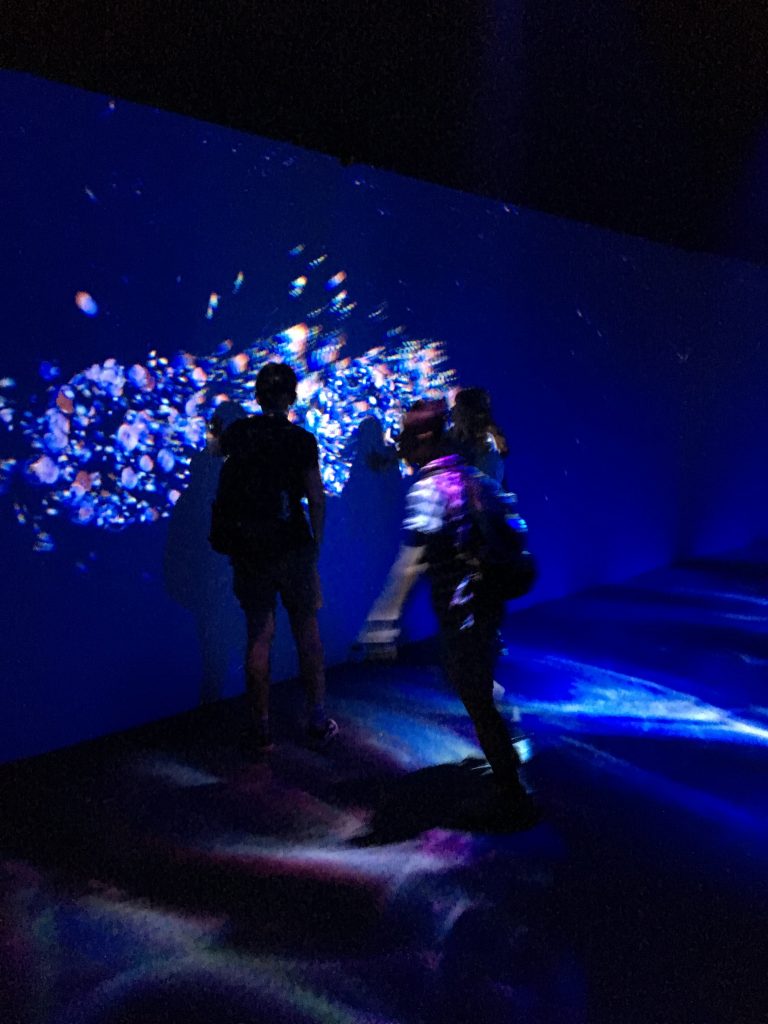
This interactive artwork was located in the interactive rooms titled ‘The Incubator’. Out of the many rooms that had fun and interactive art, Transporta was by far the most interesting and intriguing.
Firstly, presents itself as a journey of the Big Bang process. Where many of these small particles would appear upon closer interaction, our interaction proceeds to give direct meaning to it. When the Big Bang occurred, particles had to move in rapids states to form nuclear fusion. These particles were namely the Hydrogen Atom. I assume that our interaction, especially if there were multiple people could, in fact, represent the act of fusion itself. If one participant represents hydrogen, atom multiple interactions that can be seen on the wall would crash and then modulate an effect of fusion itself.
There is also a soundscape that modulates upon user interaction. As the particle shifts closer to another set of particles, the pitch would be modulated and we can hear a subtle ringing sound.
password: iLights
Secondly, I was interested as to how the projection and touch interaction was made. Upon closer inspection, I had realized that it was simply a projection onto a non-conductive plaster wall. But looking left to right, I had only noticed one single sensor located centrally, top and bottom. Perhaps this could be the sensor that was used to detect movement, whenever there was one near the plaster wall.
This illustration below explains the mechanics behind the system.
![]()
Halo by Michael Davis
The second interactive installation was titled Halo by Michael Davis. In this interactive piece, Concentric rings were stacked vertically and strips of LED were connected within. Upon touch, the LED’s would be triggered and the ongoing soundscape will be modified. The surrounding area also contains many of such structure.
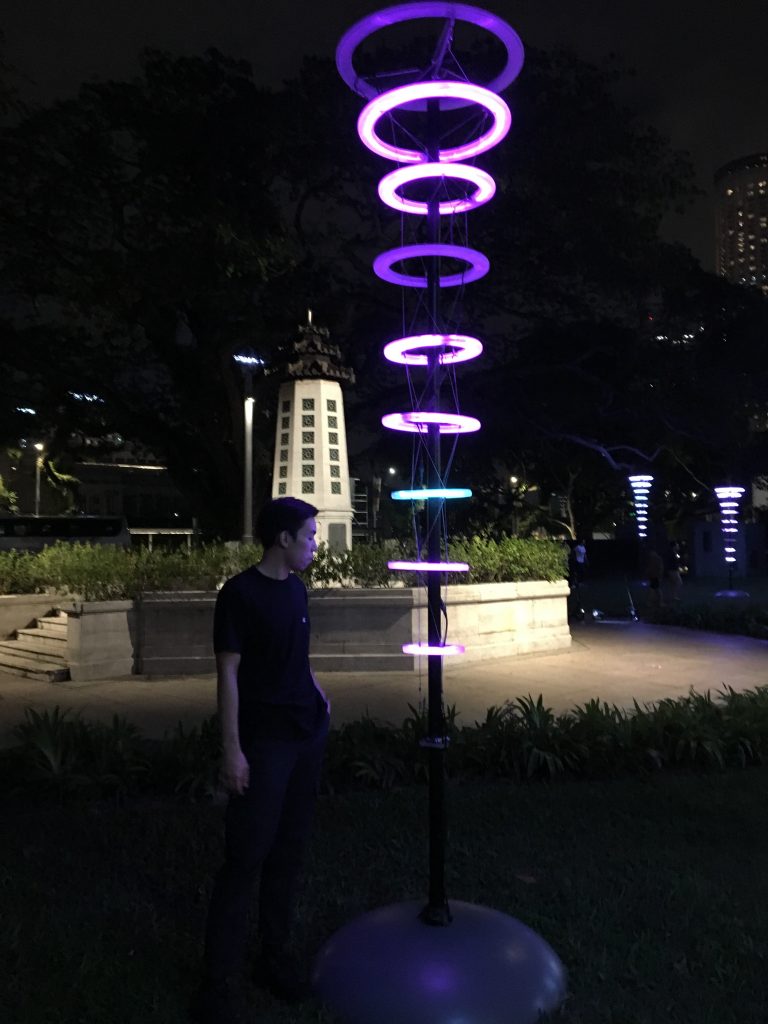
Interesting enough, the concentric rings were made from resin with a strip of LED on the inside. However, I believe the rings are conducive to touch and could be made from a special type of resin. This installation perhaps hopes to illustrate the idea of the past and present through a continuous sonic experience. Previous participants would edit the soundscape and further edits will be made by future participants, therefore signify the past reconnecting to the present, vice versa.
Found below is a rough idea passage as to how the entire interactive system could have been made.
